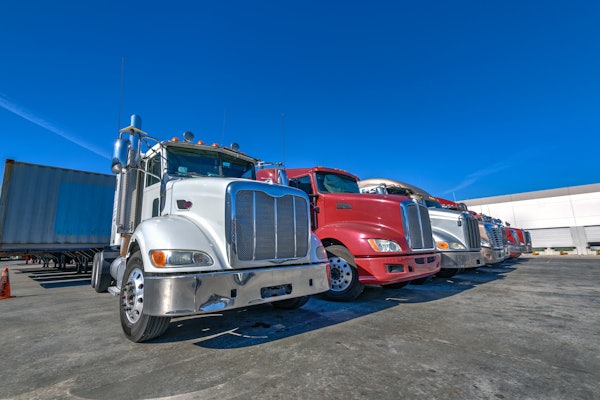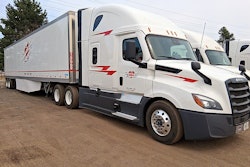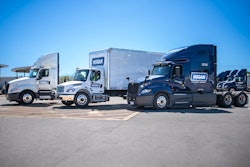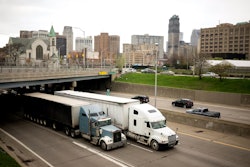Over the past five to seven years, “Maintenance costs have been pretty flat,” says Andy Stopka, vice president of maintenance for NationaLease. However, although not direct costs of vehicle maintenance, “Technician availability has been a problem, and workers’ comp costs have gone up,” Stopka adds.
But not everyone has had the same experience regarding flat maintenance costs – especially if you look at the situation further back in time.
Here are the results of a late 1980s survey by the Technology & Maintenance Council, involving 20,000 diesel tractors having run 3.5 billion miles and accumulating 5.2 million labor hours. The results were broken down by tractor system and percentage of repair orders generated by each. The results are presented here with commentary by Oren Summer, president of FleetNet America, which cares for thousands of vehicles, run by hundreds of fleets.
The original survey found that:
- Tires accounted for 25 percent of all work orders. “Today, you could reduce that by about 40 percent,” says Summer. “I see this cost, as a trend, dropping on a very constant basis. My data shows this also for roadside events, which I think is very pertinent to the overall analysis. Without a doubt, the engineering and design changes that have been incorporated in the manufacture of tires has traversed giant steps over the last 10 to 15 years. While the cost of tires has increased only somewhere in the neighborhood of 25 percent since 1990, we’re seeing a 40 to 50 percent reduction in total cost due to tire technology.”
- Preventive maintenance – 15 percent. “Based on my knowledge, I would have to assess that incremental PM costs have shown only slight upward movement since this data was accumulated,” says Summer. “I would think that this percentage is still pretty much accurate.”
- Lighting and electrical – 4 percent. “With LEDs and sealed assemblies, this has seen a sharp decrease in incremental cost and events. Also, high-integrity wiring harnesses and wiring connection methods also have contributed to the reduction in these costs and events. I would reduce the number for lighting to 3 percent.”
However, wiring and electrical, including cranking and starting, probably ranks upward toward 10 percent, Summer believes. “Contributors to this are much higher underhood heat, excessive cranking and high loads on circuits and connectors. Batteries also are taking a beating because of the loads that are imposed on them with today’s ancillary creature comforts.”
- Cab/sheet metal – 5 percent. Due to better materials and build quality, “I would reduce that number to 3 percent.”
- Power plant – 7 percent. For the same reasons, “I would reduce that to 6.5 percent.”
- Fuel system – 3.75 percent. Due to less-than-mature technology, “I would increase that to 4 percent.”
- Brakes – 4 percent. With the advent of ABS, traction control, etc., “I would increase that to 5 percent.”
- HVAC – 3.5 percent. “That’s still about right.”
- Cooling system – 3.75 percent. Again, “Still about right.”
- “Other” categories accounted for the rest of all work orders.
While TMC’s survey dealt exclusively with tractors, trailers have their own unique maintenance costs, some of which have changed over the years. “Corrosion (from newer ice-melting road chemicals) is a problem that’s driving up maintenance costs,” says Tim Ifland, director of strategic sourcing for Xtra Lease. But the news isn’t all bad. For example, “LED lighting has driven down electrical service costs, while composite panels are holding up much better,” Ifland says. “Maintenance-wise, everything else is pretty flat. But anything we can do to improve damage resistance, we’re trying to do.”
No one knows the future of tractor or trailer maintenance costs. But it’s a safe bet that incremental improvements will continue to be made.






